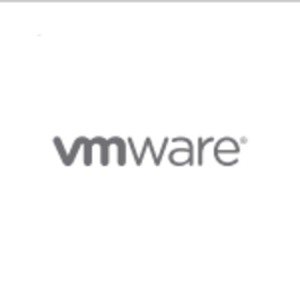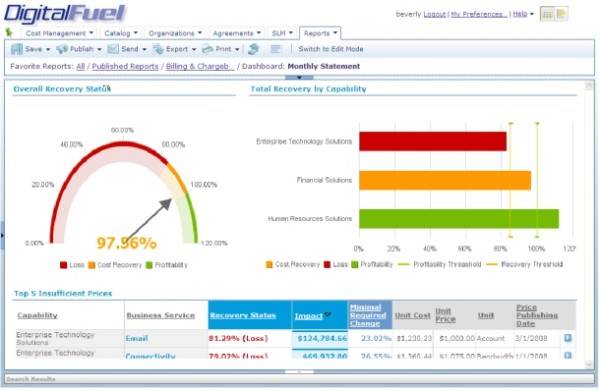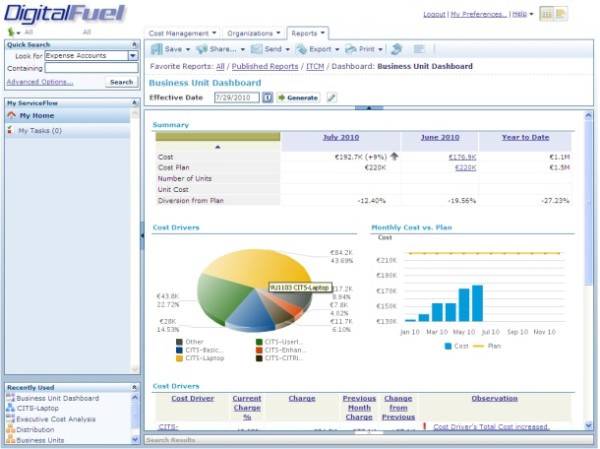Cloud-based business services are becoming commodities. As such, applications, storage, bandwidth, and now even analysis are marketable items with fluctuating values, almost by the day. As enterprises’ hybrid clouds extend their boundaries to encompass not only their native data centers but multiple public cloud providers, cost management becomes an everyday operational task.

“The way that things are being done is dramatically changing. How infrastructure is provisioned and managed — how applications and frameworks and emerging deployment models are being developed and provisioned. You now have VMs moving dynamically across the environment, and entire services that are starting to move across service providers.” This from Rob Smoot, VMware’s director of product marketing for management tools, in an interview with RWW.
This week at the VMworld Europe conference in Copenhagen, VMware is demonstrating a number of revised and extended approaches to virtual data center management. These include a rethought vCenter Operations console and a new application deployment tool called vFabric AppDirector. It’s a new mix of management concepts, and a new alignment of product names against those concepts (in all honesty, I got it wrong a few times myself on first try).
Perhaps just as important as these new concepts, but sneaking more slowly into the spotlight this week, is the culmination of VMware’s June acquisition of BI service provider Digital Fuel. Redubbed VMware IT Business Management Suite (IT BMS), the new toolset enables enterprises that both consume IT services from elsewhere and provide their own services to customers, to manage costs and expenditures in real-time.
“The cloud ownership model is changing,” Smoot tells RWW. “IT is no longer the full provider of services; it’s becoming more of a broker of services. At the same time, there’s not visibility down to the lower layers of the infrastructure.” For example, a business running its services on Amazon’s EC2 typically isn’t able to observe performance, service availability, and expenses in real time, at that level. “There’s a separation happening at the various layers of the IT stack, and as a result, you need a different management approach.”

IT BMS addresses this concern with three components, one of which — IT Finance Manager — provides live analytics into how resources are being utilized, and how costs are being distributed, with an up-to-the-minute indicator of TCO. IT Service Level Manager helps businesses determine the requirements and resources necessary to accommodate service-level and operations-level agreements (SLAs and OLAs) required by customers. And IT Vendor Manager reverses the roles, tracking performance of the services businesses consume, assessing in real-time how — and if — service providers are meeting their SLA commitments.

Using the IT BMS suite, Smoot tells us, the CIO of a company will have a dashboard that charts all services in use, whether they are being provided to the company by a SaaS or IaaS provider, or the company is providing them. Here, different clouds may have varying compliance standards, changing resilience metrics, and fluctuating performance levels. The CIO will be able to manage these relationships at a glance.
“We’re enabling the movement of these services across providers,” he remarks, “so you can think about making a real-time decision to move an application first to a cloud… There are significant cost and compliance considerations in doing something like that. So if IT wants to stay at the helm of managing the diversity of models and different providers of services, it needs more actionable and accurate information about costs, compliance, and the vendors they’re working with.”










